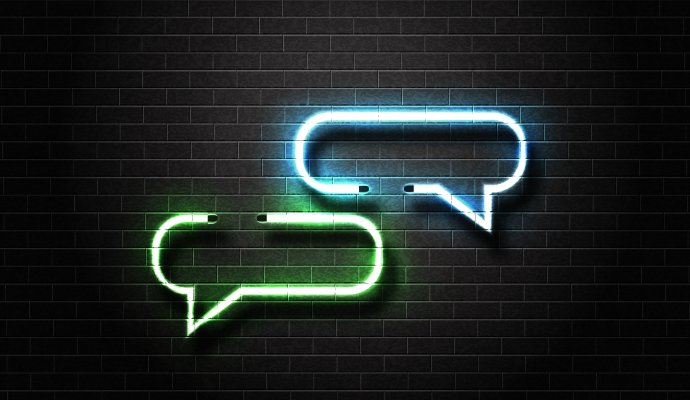Is Text Messaging the Best Patient Outreach Tool for COVID-19 Vaccines?
Researchers found that text messages were just as effective as phone calls, with both COVID-19 vaccine patient outreach strategies yielding the same response rate of nearly 3 percent.

Source: Getty Images
- Using text messaging for COVID-19 vaccine patient outreach was as effective as direct phone calls in getting patients to seek out the vaccine, according to new research published in JAMA Network Open, but is likely the best option considering the limited resources most organizations have.
Despite ample public health efforts to increase COVID-19 vaccination rates, uptake remains sparse, especially for minorities.
As of April 5, 2022, only 57 percent of Black people across the country have received at least one shot, according to data from the Kaiser Family Foundation.
Lower vaccination rates in these minority populations scan further disparities in COVID-19 outcomes, the researchers stated.
In light of the low COVID-19 vaccine uptake among certain populations, researchers from the Perelman School of Medicine at the University of Pennsylvania hypothesized that using text communication for COVID-19 vaccination outreach might reach more people than phoning them.
The study conducted from April 29 to July 6, 2021, included more than 16,000 patients. The patients were separated into three groups: one receiving just phone calls from the health system to set up a vaccine appointment, another receiving an automated text followed up by a phone call, and the last receiving only an automated text that urged them to call in for an appointment.
The findings showed that text messaging outreach did not significantly increase vaccination uptake compared to telephone communication. Across all forms of outreach, the numbers were almost identical.
At one month, only 3.6 percent of patients received one vaccination dose after an outbound telephone call. In comparison, 3.1 percent of patients in the text plus outbound call group got their first vaccination dose, and 3.3 percent of patients in the automated text group got their first vaccination dose.
“The take-away is that the text arms of our study were comparable to the phone-only arm, but the text messaging is less resource-intensive since a live call center only needs to talk to those who are already interested instead of making cold calls to everyone on the list,” Shivan Mehta, MD, lead study author and an assistant professor of Medicine and the associate chief innovation officer at Penn Medicine, said in the press release.
Text messaging is traditionally low-cost and allows more efficient outreach to patients who have an interest in the vaccine, the researchers stated. From an equity perspective, outbound telephone calls or text messaging are the only option for patients without email or internet access.
Among the patients receiving text messaging, researchers had also randomly assigned different content: one with a standard messaging and three others using language informed by principles of behavioral science.
Although the groups did not achieve significant results, messages that emphasized clinician endorsements and endowment did have higher responses than the regular outreach text.
In addition, researchers noticed that not all outreach methods did reached the same populations equally.
“We did not really find any significant difference in response between text and outbound phone calls by sociodemographic variables, but in this trial, the response rate was higher among Black patients, lower income, and Medicaid patients, compared to White, higher income, and commercially insured patients,” Mehta said. “I suspect this is because the latter groups responded more to earlier email/patient portal efforts.”
Black patients had an overall response rate of 5.6 percent, compared to White patients who had an average response rate of 1.9 percent.
Black, lower-income, and Medicaid patients were less likely to respond to earlier email or patient portal messages outreach from the health system, which highlights how these text message and phone call outreach messages can effectively engage certain groups.
Despite some of the benefits of text messaging, overutilizing the technology can lead patients to unsubscribe.
According to a Kaiser Permanente Colorado study, patients who got a lot of automated messages from their medical providers were more likely to opt-out of receiving future messages.
However, the Kaiser Permanente researchers noticed that patients want personalized messages that will be important to them and do not read like a marketing blast.
